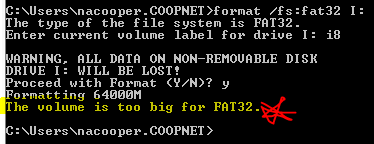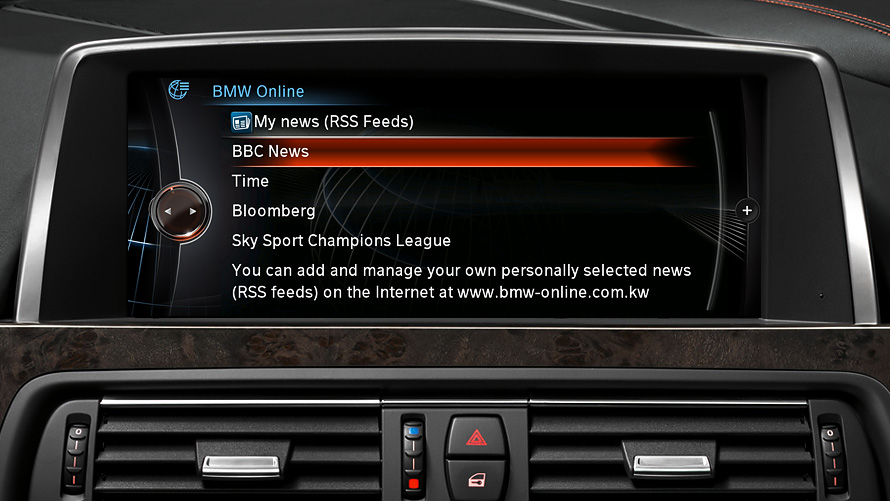
| Uniform Type Identifier (UTI) | com.apple.pef-binary |
|---|---|
| Developed by | Apple Computer |
| Type of format | executable |
| Container for | PowerPCexecutable and object code |
The Bayerische Motoren Werke Aktiengesellschaft (Petuelring 130. 80809 Munich, 'BMW AG') only processes the personal data you provide in order to answer your enquiry and for purpose-based service. When required, the BMW AG transfers the data you provided to BMW sales companies to your local market.
- In macOS, the Mach-O file format is the native executable format. However, PEF is still supported on PowerPC -based Macintoshes running Mac OS X and is used by some Carbon applications ported from earlier versions for classic Mac OS, so that the same binary can be run on classic Mac OS and Mac OS X.
- A BMW iDrive software update can help improve software compatibility, but won't change your iDrive interface. If you'd like to learn more about the process and whether it is the right option for you, contact our team to discuss your needs. Charging your BMW's battery when updating iDrive software.
- Commander One is a free dual panel file manager that helps you manage your files in the best possible way. Fast and powerful, yet so easy to use, it offers essential features for absolute control over your files and folders - it can save you thousands of hours. Commander One was created in Swift and is fully compatible with OS X 10.12.
- After choosing the best format for USB drive according to your needs, you might start to wonder: how do I format USB drive to NTFS/FAT32/exFAT/EXT 2,3,4/HFS+ in Windows operating system or Mac? Well, don't worry. If you need to format USB drive to NTFS/FAT32/exFAT/EXT 2,3,4/HFS+ file system, please follow the steps as below.
The Preferred Executable Format is a file format that specifies the format of executable files and other object code. PEF executables are also called Code Fragment Manager files (CFM).
PEF was developed by Apple Computer for use in its classic Mac OSoperating system. It was optimised for RISCprocessors. In macOS, the Mach-O file format is the native executable format. However, PEF is still supported on PowerPC-based Macintoshes running Mac OS X and is used by some Carbon applications ported from earlier versions for classic Mac OS, so that the same binary can be run on classic Mac OS and Mac OS X.
BeOS on PowerPC systems also uses PEF, although x86 systems do not.
See also[edit]
External links[edit]
- PEF Structure - documentation at developer.apple.com via web.archive.org
- Mac OS Runtime Architectures For System 7 Through Mac OS 9 - PDF from developer.apple.com (see chapter 8, PEF Structure)
- dumppef Documentation - description of what is in a PEF file, such as allowed sections the string table.
Nowadays, when you buy a USB drive, you can use it right out of the box with your Mac. However, unless it’s been designed for use with a Mac, it won’t be formatted using macOS’ preferred file system (either Mac OS Extended or APFS, depending on which version of macOS you’re running).
That’s because most of the computers in the world run Windows, and Windows uses a different file system, usually one known as Fat32. Drives formatted as Fat32 can be read from and written to by macOS, but it’s not optimal and you’re more likely to run into problems than if you use macOS’ native format. So, if you’ve bought a USB drive that’s formatted as Fat32, or any other format other than Mac OS Extended (also known as HFS+) or APFS, here’s how to format a USB drive on Mac. It’s exactly the same procedure if you need to reformat a flash drive on a Mac.
How to format a USB drive on a Mac
Bmw Manager Mac Os Formatting
1. Plug the drive into a USB socket (if you have a recent MacBook or MacBook Pro that only has USB-C connectors, you’ll need a USB-C to USB-A adaptor).
2. Open a new Finder window and click on the drive. Make sure it has no files on it that you need. The process of reformatting it will wipe all the data from it.
3. Once you’ve copied any files you need from the USB drive to your Mac, go to Applications>Utilities and double-click on Disk Utility.
4. Click on the USB drive in the sidebar and then choose Erase from the toolbar at the top of the window.
5. In the window that drops down type a name for the formatted drive in the box next to Name.
6. Choose a format from the dropdown menu.
7. If you have previously stored sensitive data on the drive, click the Security tab.

8. Choose a security level using the slider. The further to the right you move the slider, the more ‘passes’ the erase tool will make and the more securely files will be deleted. However, it also increases the time it takes to format the drive quite considerably.
9. Click Ok then click Erase.
Tip: You don’t need to erase a whole drive to delete files securely. If you have confidential files or sensitive data you need to remove from your Mac completely, you should use CleanMyMac’s File Shredder. It’s specifically designed to securely delete sensitive data and will render it unrecoverable. You can download CleanMyMac X for free here.
Which format to choose?
If your Mac is running macOS High Sierra or later, you have two options for file formats: APFS and Mac OS Extended. Which should you choose? The key point is that disks formatted as APFS won’t be recognized by Macs running versions of macOS older than High Sierra. So if you think you might need to plug the USB drive into a Mac running an older version of macOS, format it as Mac OS Extended.
APFS is optimized for SSD (solid state drive) such as flash drives, so if you reformat a flash drive on a Mac, you should definitely choose APFS (unless you plan to use it with a pre-High Sierra Mac, of course). Even on hard drives, however, APFS is faster and more reliable than Mac OS Extended.

Bmw Manager Mac Os Formatos
Finally, if you plan to use the USB drive as a destination for Time Machine backups, choose Mac OS Extended. Time Machine can’t currently back up to an APFS disk and if you select one for use with Time Machine, it will offer to reformat it as Mac OS Extended. You can, however, backup an APFS formatted disk to a Mac OS Extended Time Machine drive.
How to format a USB drive to FAT32 on a Mac
The main reason for formatting a USB drive as Fat32 on a Mac is that you want to be able to use the drive on a Windows PC, as well as a Mac — perhaps to transfer files between the two machines. You may also be preparing the drive for use as, say, a storage device for a media player or to record TV programmes on a TV with a USB port.
The fact that Fat32 can be read from and written to on both Mac and Windows makes it very versatile. However, there is a significant limitation — individual files have a maximum size of 4GB. So, if you’re using the USB drive to store large video files, you may run into trouble. There is a solution, however, exFAT. Unlike FAT32, exFAT doesn’t have a maximum file limit. Better still, it can be read from and written to on any Mac running Mac OS X Snow Leopard or later and on Windows.
To format a USB drive in FAT32 or exFAT:
1. Plug the USB drive into your Mac.
2. Go to Applications>Utilities and launch Disk Utility.
3. Click on the USB drive in the sidebar in Disk Utility.
4. Click Erase in the Disk Utility toolbar.
Bmw Manager Mac Os Formatted
5. Type in a name for the formatted disk.
6. Click on the Format menu and choose either MS-DOS (FAT32) or ExFAT.
7. Click Erase.
Your USB drive will now be erased and re-formatted as either FAT32 or ExFAT, depending on the format you chose in step 6.
How to manage your drives easily
If you look for a quick and easy way to manage your drives, try using CleanMyDrive 2. With its help, you can drag-and-drop files directly to any drive, clean hidden junk from external drives, and check disk stats. It works for all drives, including USB drives, SSD, SD cards, external hard drives. All the drives will be at hand in the menu bar, so you can get to see types of drives you have and manage them easily. CleanMyDrive is absolutely free to use, so download it on the Mac App Store and enjoy!
It’s very easy to format a USB drive on a Mac using Disk Utility. There are a couple of things you should keep in mind, however. The first is that when you format and disk, you will erase all the data currently on it. So if you need that data, make sure you copy it onto another disk before you start. Secondly, there are several formats to choose from, each with advantages and disadvantage. Use the guide above to help you decide which is right for you.